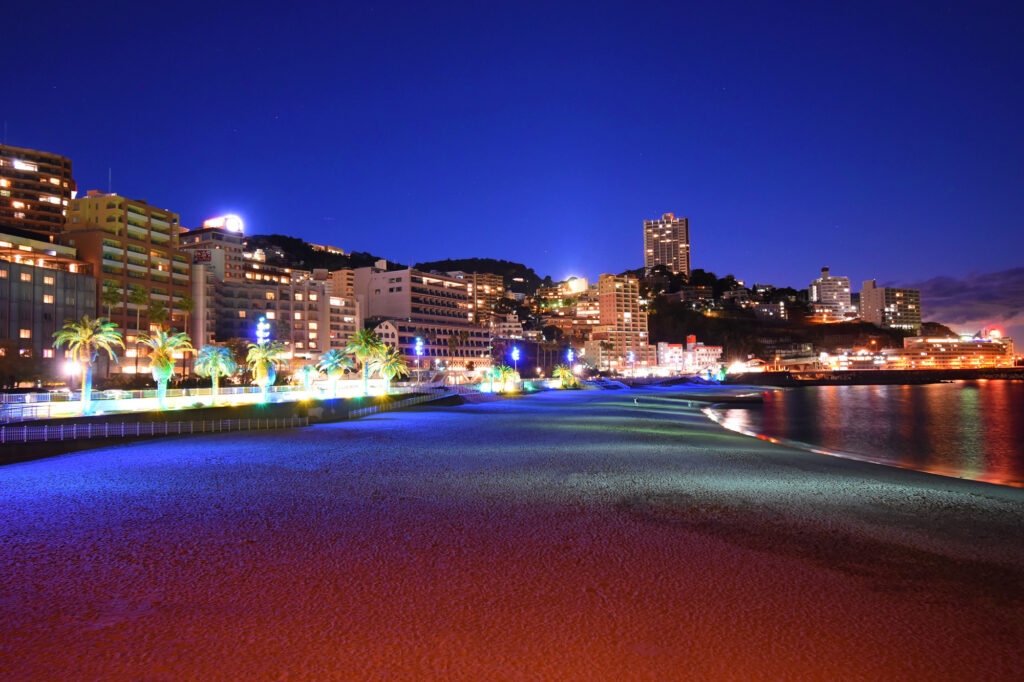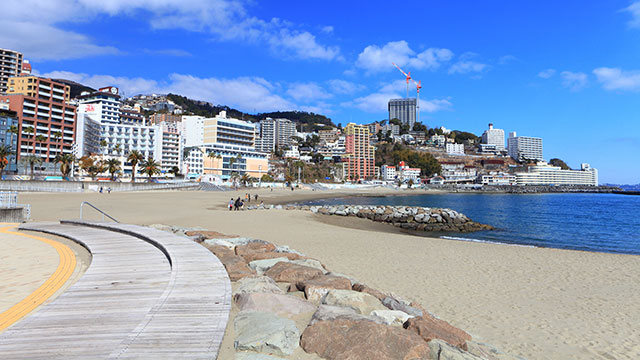Hakone Shrine

Lake Ashi

La Terrazza Ashinoko (Italian Restaurant)
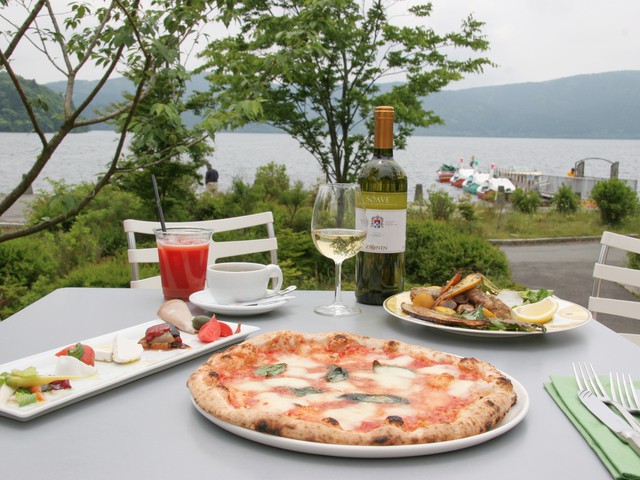

A bright pizzeria that blends in with the rich nature of Lake Ashi.
Enjoy 30 kinds of Neapolitan pizza baked in a large wood-fired oven imported from Italy, as well as Italian cuisine made with vegetables from the foothills of Hakone and fresh fish from Odawara and Numazu ports, along with authentic wine and cheese. Enjoy a
special and delicious time surrounded by the changing seasons of the mountains and the lakeside scenery. Please enjoy a blissful moment to your heart’s content.
MOA Museum of Art


overview
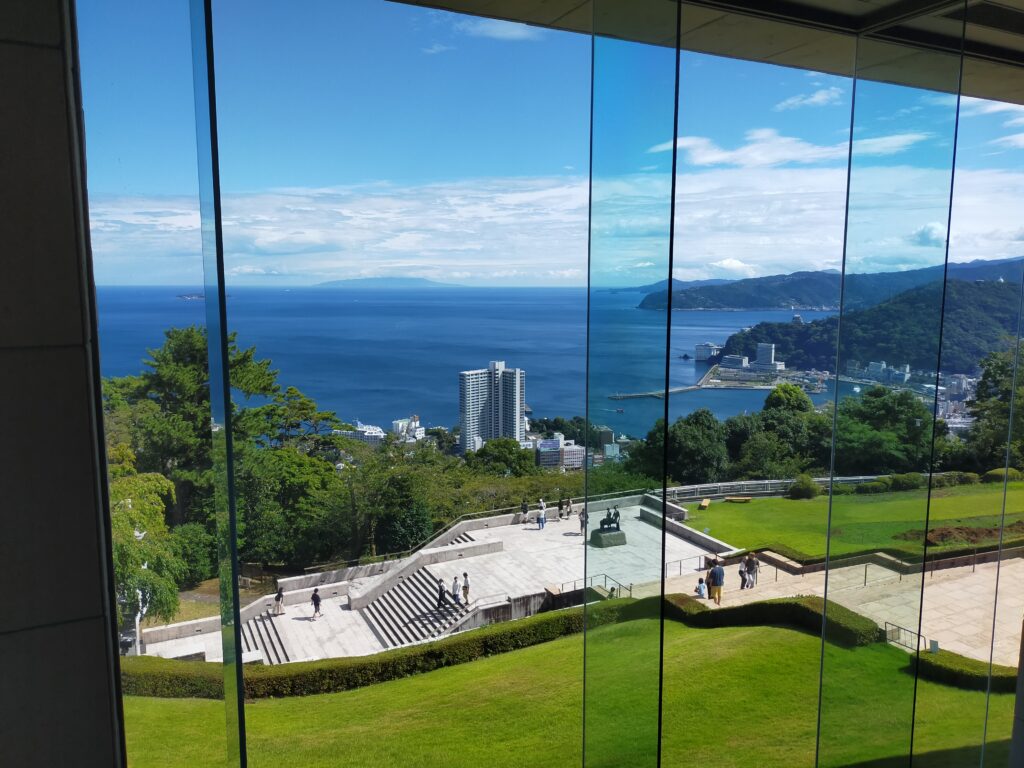



This art museum is located on a hill in Atami City, Shizuoka Prefecture. Founded by Mokichi Okada (1882-1955), the museum has a collection of approximately 3,500 items, including three national treasures , 67 important cultural properties (as of 2019) [note 1] , and 46 important art objects, based on his collection. The museum’s collection includes paintings, calligraphy, crafts, sculptures, and other works of Japanese, Chinese, and other Oriental art, and is made up of works that are highly appealing and valuable both artistically and from a research perspective.
From the main lobby, you can enjoy a 180-degree panoramic view that stretches from Hatsushima, Izu Oshima, the Boso Peninsula, the Miura Peninsula, and the Izu Peninsula.
The Golden Tea Room
The Golden Tea Room was built by Toyotomi Hideyoshi in January 1586 to offer tea to the current emperor, Emperor Ogimachi.
The three-tatami room has red tatami mats and shoji screens, gold walls and ceilings, and gold accents on the pillars, the bottom of the shoji screens, and more.
It is a movable, collapsible tea room that can be disassembled and carried around.
Records show that it was also shown at the Kitano Daichayu, a large-scale tea ceremony hosted by Hideyoshi at Kitano Tenmangu Shrine in Kyoto on October 1, 1586.
You can experience the contrasting aesthetics of the Momoyama period, with its gorgeous splendor, also known as the Golden Age, and its tranquil wabi-sabi style.
The Golden Tea House at the MOA Museum of Art was restored under the supervision of Dr. Horiguchi Sutemi, a leading figure in sukiya architecture, and based on historical documents written by nobles, military commanders, tea masters, and foreign missionaries.
Kiunkaku one of the “three great villas of Atami”
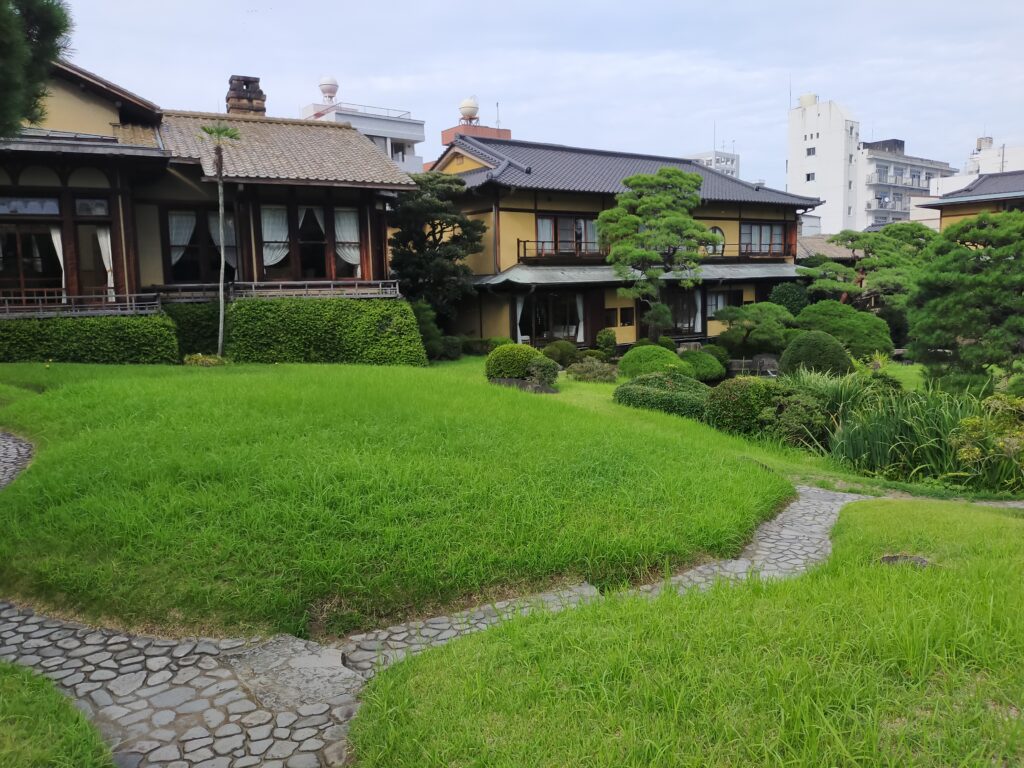
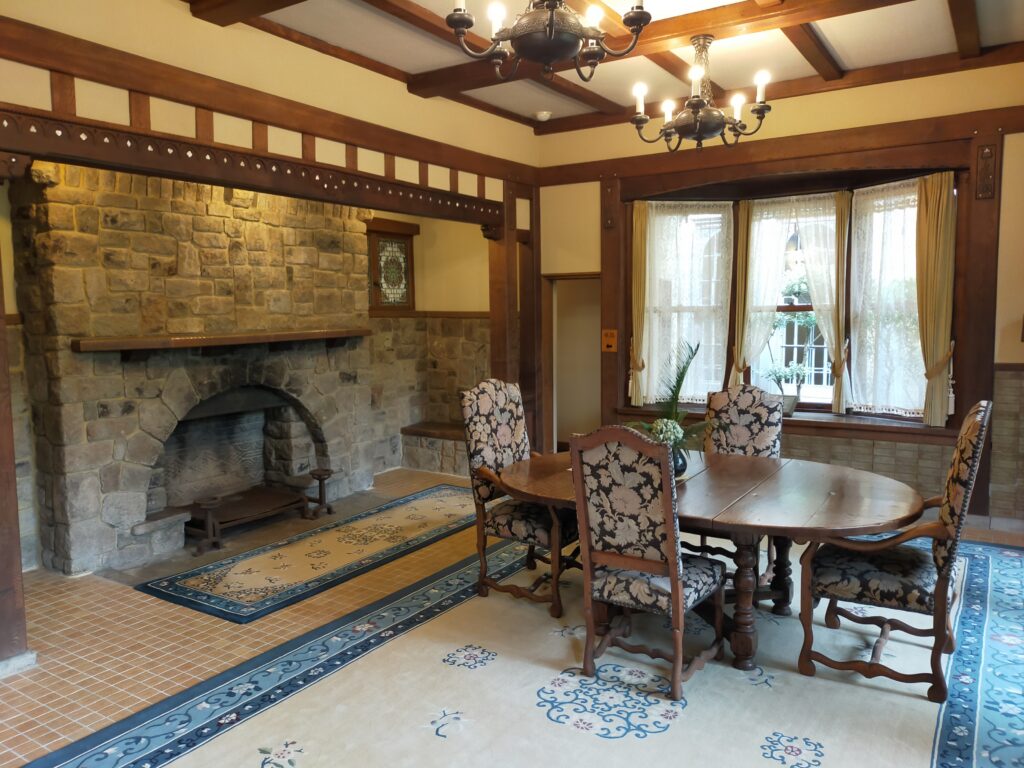





Kiunkaku is a famous villa built in 1919 and praised as one of the “three great villas of Atami”.
The garden is so lush and green that it is hard to believe that it is in the city center. There is a Japanese-style building that retains the beauty of a Japanese-style house, and a Western-style building with a unique atmosphere that blends Japanese, Chinese, and European decorations and styles.
Atami Sun Beach


overview
Located in the northeast of Atami city, this beach faces southeast and is 400 meters long and 60 meters wide. As its name suggests, it is known as “Sunrise Beach,” where the morning sun rises. It was completed in 1986, and the sand used is from the mountains of Kimitsu City, Chiba Prefecture .
Also , since 2004 , a blue-green nighttime illumination (from sunset to 10pm) has been created to resemble moonlight, produced by Mikiko Ishii . (During the Marine Fireworks Festival , the illumination is temporarily turned off so as not to interfere with the viewing of the fireworks.)
The summer beach is open from mid-July to the end of August, with swimming hours being 9:00-17:00.

